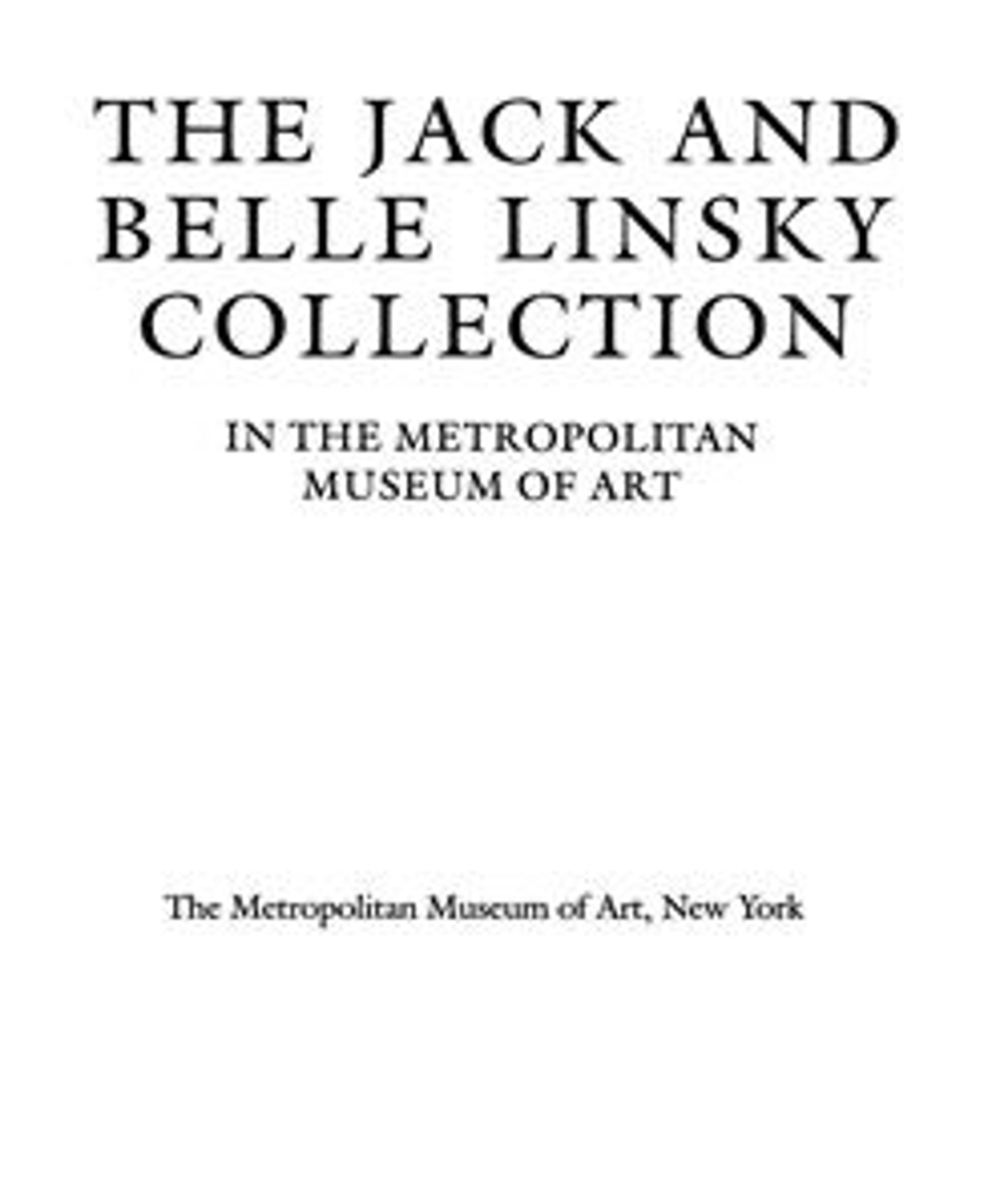Two Landsknechts
The two landsknechts, varying slightly in height and in costume, originally served as candle holders; candles were inserted in the holes in their raised hands. Bronze projections from the insteps of the taller soldier indicate that the figures belong to a common sixteenth-century type, of brass as well as of bronze, in which the feet often stood on flared stems riding from circular bases.[1] The folkloric designs were popular again in the nineteenth century; a thinly cast copy of one of our landsknechts appears on a candlestick in the reserves of the Louvre, paired with a variant model.[2]
[James David Draper, The Jack and Belle Linsky Collection in the Metropolitan Museum of Art, New York, 1984, p. 165, nos. 82, 83]
Footnotes:
[1] V. Baur, Kerzenleuchter aus Metall, Munich, 1977, pls. 58–61; E. Turner, An Introduction to Brass, London, 1982, pl. 13.
[2] G. Migeon, Catalogue des bronzes et cuivres du Moyen Age, de la Renaissance et des temps modernes, Paris, Musée National du Louvre, 1904, no. 119.
[James David Draper, The Jack and Belle Linsky Collection in the Metropolitan Museum of Art, New York, 1984, p. 165, nos. 82, 83]
Footnotes:
[1] V. Baur, Kerzenleuchter aus Metall, Munich, 1977, pls. 58–61; E. Turner, An Introduction to Brass, London, 1982, pl. 13.
[2] G. Migeon, Catalogue des bronzes et cuivres du Moyen Age, de la Renaissance et des temps modernes, Paris, Musée National du Louvre, 1904, no. 119.
Artwork Details
- Title:Two Landsknechts
- Date:mid-16th century
- Culture:German, probably Nuremberg
- Medium:Bronze, with natural brown patina, and remains of black lacquer
- Dimensions:Height (.118): 8 3/8 in. (21.3 cm); Height (.119): 9 3/8 in. (23.8 cm)
- Classification:Sculpture-Bronze
- Credit Line:The Jack and Belle Linsky Collection, 1982
- Object Number:1982.60.118, .119
- Curatorial Department: European Sculpture and Decorative Arts
More Artwork
Research Resources
The Met provides unparalleled resources for research and welcomes an international community of students and scholars. The Met's Open Access API is where creators and researchers can connect to the The Met collection. Open Access data and public domain images are available for unrestricted commercial and noncommercial use without permission or fee.
To request images under copyright and other restrictions, please use this Image Request form.
Feedback
We continue to research and examine historical and cultural context for objects in The Met collection. If you have comments or questions about this object record, please contact us using the form below. The Museum looks forward to receiving your comments.
